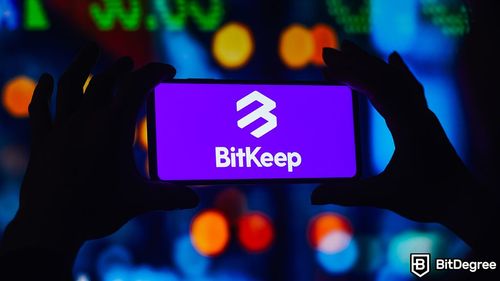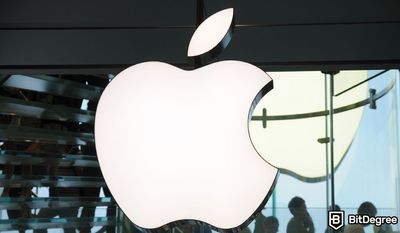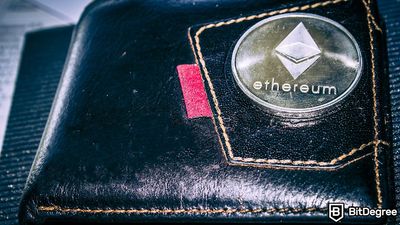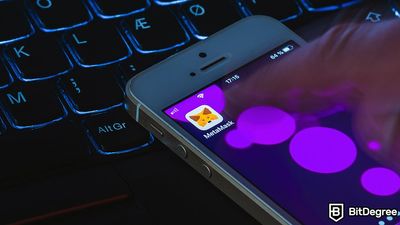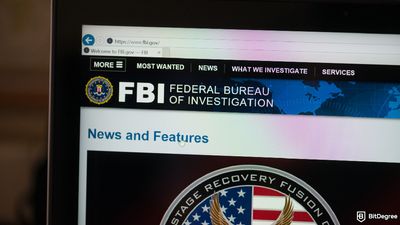Despite the slumping market cap, BRC-20 tokens still capture the attention of major crypto wallets.
BitKeep, a leading self-custody wallet provider, opened the doors to BRC-20 tokens on June 21st. This significant move allows consumers to interact with these tokens in a variety of ways, such as viewing, ranking, and transferring.
It is worth noting that non-fungible tokens (NFTs) are also included in this provision. In the announcement, BitKeep engineers hinted towards looming in-wallet swaps of BRC-20.

Did you know?
Want to get smarter & wealthier with crypto?
Subscribe - We publish new crypto explainer videos every week!
What is Aurora in Crypto? NEAR Protocol Token Explained (ANIMATED)


As per BitKeep, the introduction of BRC-20 marks the dawn of a new token standard that harnesses the potential of Ordinals and Inscriptions to generate new assets on the Bitcoin (BTC) platform.
Ordinals allow the creation of fungible tokens, while Inscriptions facilitate the generation of unique digital entities on the Bitcoin blockchain. This blend ends in the BRC-20 token standard, enabling users to deploy, mint, and transfer Bitcoin assets.
A few weeks earlier, crypto exchange OKX extended its arms towards BRC-20 assets via its wallet application. This step was followed by numerous other crypto exchange entities, both centralized and decentralized, promoting BRC-20 support.
However, not every player is on board. For instance, Trust Wallet and MetaMask do not support BRC-20 tokens.
The grand narrative of BRC-20 tokens is not all rosy. These tokens have seen an almost 85% plummet from their peak at the height of the memecoin frenzy in May. The current market cap of BRC-20 tokens fluctuates around $154.5 million.
Despite the initial boost from investors' attraction towards minting BRC-20 NFTs, the majority of BRC-20 tokens' market cap is represented by memecoins such as WZRD, PIZA, and PEPE.
The protocol, introduced to the world by Twitter user Domo on March 8th, has seen the deployment of 34,652 BRC-20 token types to date. Domo himself has called the BRC-20 standard "worthless," cautioning users against "wasting money mass minting" what he terms a "fun experiment."
As the BRC-20 token landscape matures, market responses and user adoption will ultimately shape its trajectory in the competitive crypto ecosystem.


